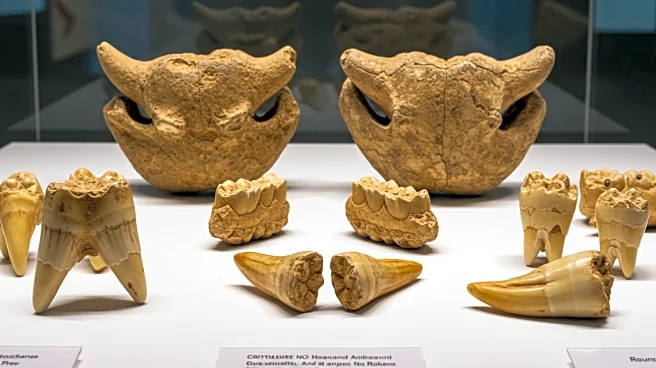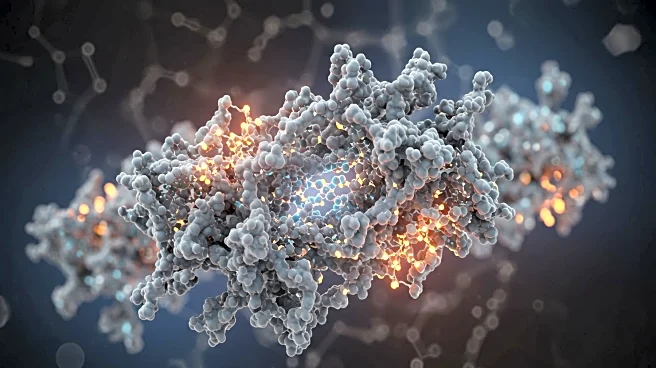Rapid Read • 8 min read
Researchers at Tufts University have discovered that tobacco hornworm caterpillars actively suppress their pain response by adopting a posture known as the 'sphinx' state. This behavior is contrary to the typical fight or flight response seen in most animals when they experience pain. The study, published in Biology Letters, involved subjecting the caterpillars to various mechanical stimuli, such as stroking with a paintbrush and tapping their resting material, which consistently triggered the sphinx pose. Further experiments revealed that while in this state, the caterpillars showed reduced responsiveness to painful stimuli, such as heat. The researchers performed surgery on the cerebral ganglion, the main part of the insect brain, to understand the mechanism behind this behavior. They found that the sphinx state is not an automatic reflex but a conscious decision made by the caterpillars, challenging the notion of nociception as a strictly hard-wired response.
AD
This discovery has significant implications for both pest management and human pain research. Understanding how insects like caterpillars manage pain and defensive behaviors could lead to more targeted pest control strategies, reducing the need for broad-spectrum pesticides that can harm other organisms. In the realm of human pain research, the study offers insights into pain suppression mechanisms. Although human brains are more complex, the simplicity of the caterpillar's brain allows researchers to pinpoint the exact regions involved in the conscious decision to suppress pain. This could potentially lead to new approaches in managing pain in humans, focusing on the modulation of pain signals rather than just blocking them.
Future research may explore the application of these findings in developing pest control methods that specifically target the pain suppression mechanisms in pests, potentially leading to more environmentally friendly solutions. In human medicine, further studies could investigate how similar mechanisms might be harnessed or mimicked to improve pain management therapies, offering alternatives to current pain relief methods that often rely on pharmaceuticals.
The study challenges existing perceptions of nociception as a purely reflexive process, suggesting that even simple organisms like caterpillars can exhibit complex behaviors in response to pain. This raises questions about the evolutionary advantages of such behaviors and their prevalence across different species. Additionally, the ethical considerations of using such knowledge in pest control and medical applications may prompt discussions on the balance between scientific advancement and ecological impact.
AD
More Stories You Might Enjoy










